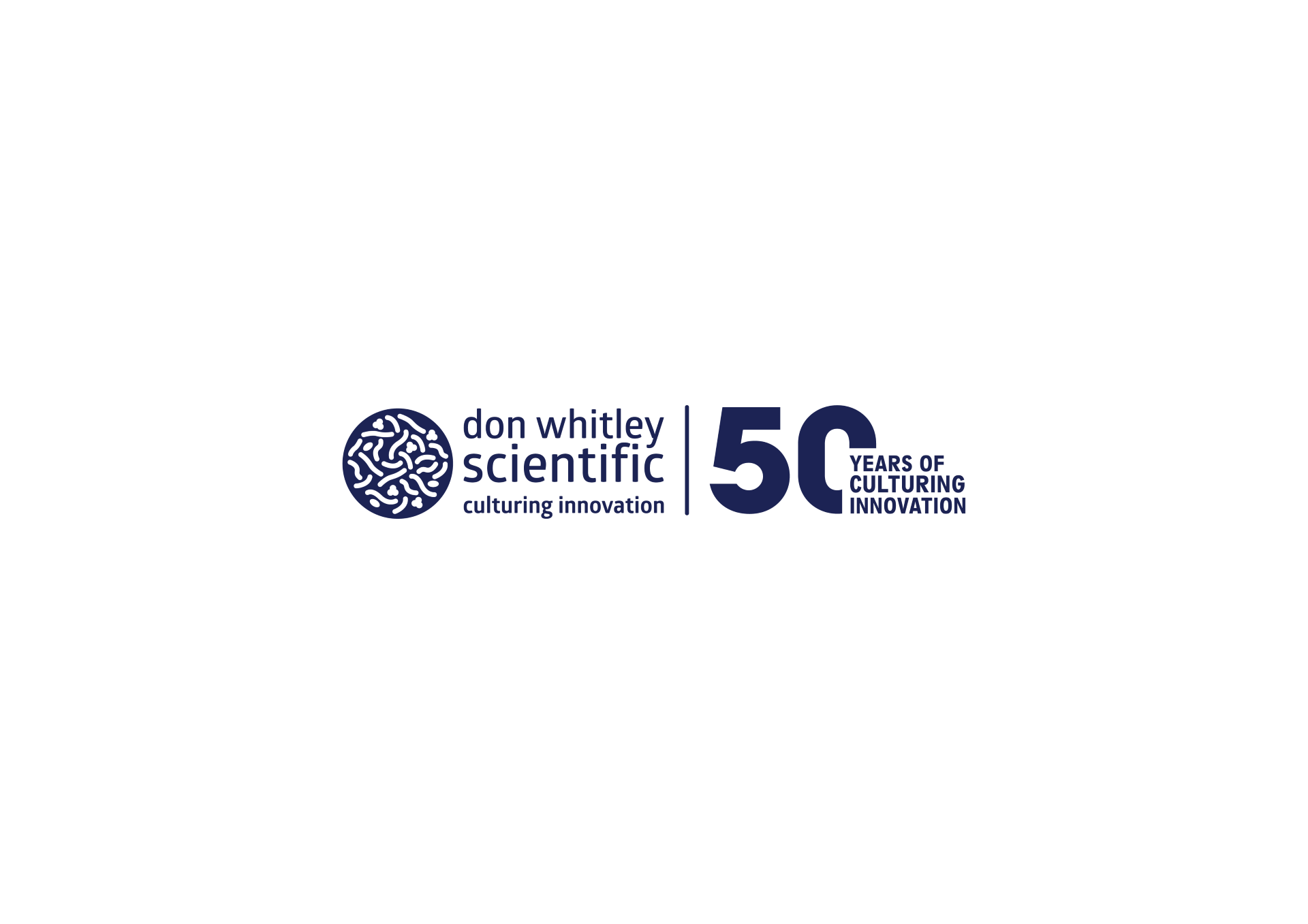
Researchers have long exposed 2 dimensional cells to varying degrees of hypoxia, often found in the tumour microenvironment. This can be great for showing overall hypoxic protein expression, but fails to account for cell to cell interactions, tissue gradients, and metabolic reprogramming. To more closely mimic in vivo conditions, a 3D culture environment is necessary. While 3D culture is nothing new, Rodenhizer et al in their paper “A three-dimensional engineered tumour for spatial snapshot analysis of cell metabolism and phenotype in hypoxic gradients” found a novel way to culture in a 3D environment while maintaining the ability to perform analyses that only function in 2D. These ingenious authors did all of this in their Hypoxystation by Don Whitley Scientific. They were able to analyse and map cellular metabolism and spatially identify known and novel metabolic response to hypoxia.
The team took carcinoma cells and seeded them onto a novel rolled scaffold system the authors termed “TRACER”. They exposed the scaffold to varying degrees of hypoxia, down to as low as 0.2% O2. After incubation they unrolled the 3D scaffold and started analysis to create a metabolic snapshot of the tumour. They found the 3D scaffold tumours displayed different concentrations of metabolites as compared to 2D tumour cells, implying cell to cell interactions plays a role in tumour metabolism, depending on the depth of the cell in the scaffold. The future of cancer research will be shaped by this innovative technique and oxygen control plays an important role with use of the Hypoxystation.

Image from Nature Materials Supplementary Information, “A Three-dimensional engineered tumour for spatial snapshot analysis of cell metabolism phenotype in hypoxic gradients”
The Don Whitley Scientific Hypoxystation is ideal for many applications, as it can control oxygen down to 0.1% while providing a temperature and humidity controlled environment with ample working space. ISO class 3 clean room HEPA filtration is also available for long term cell culture applications.


 au
au

 xEnglish
xEnglish